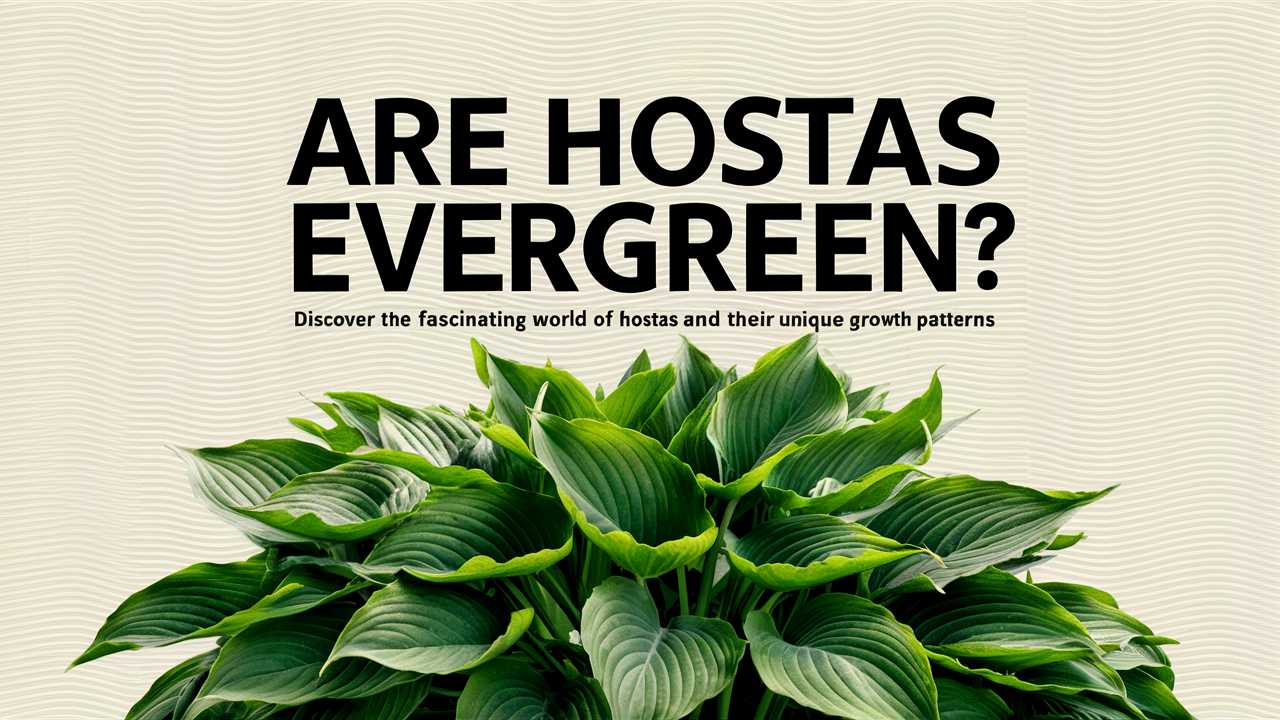“Are hostas evergreen?” In this blog post, we will delve into the intricate world of hostas, exploring their characteristics, growth patterns, and how they fit into the category of evergreen plants.
The Basics of Evergreen vs. Deciduous Plants
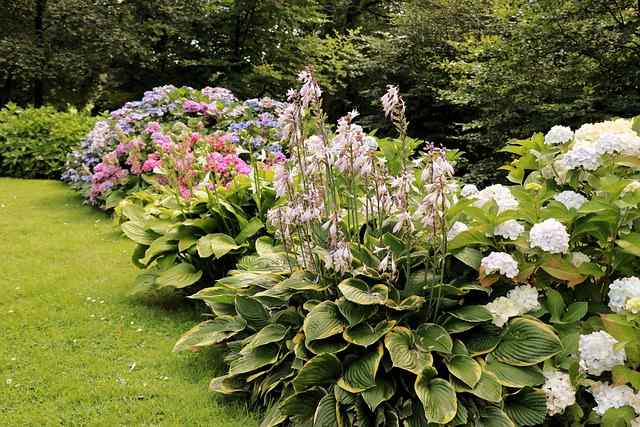
To address whether hostas are evergreen, it’s essential to grasp the distinction between evergreen and deciduous plants. Evergreen plants retain their leaves throughout the year, providing constant color and texture in the landscape. In contrast, deciduous plants lose their leaves annually during the fall or as a response to adverse conditions.
While many gardeners are familiar with these terms when it comes to trees and shrubs, they apply equally to perennials. Understanding these classifications will aid in determining where hostas fit and how they should be cared for throughout the seasons.
Are Hostas Evergreen?
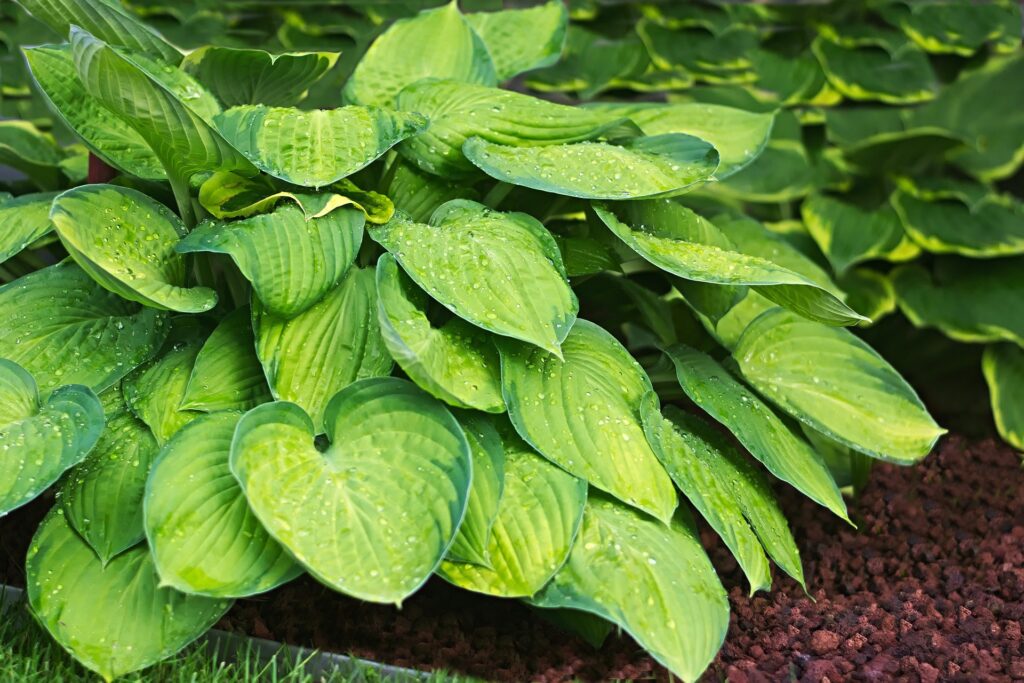
The straightforward answer to whether hostas are evergreen is no, hostas are not evergreen. They are classified as herbaceous perennials. During the growing season, they produce abundant foliage, but as temperatures drop in fall, the leaves will die back and disappear, leaving nothing more than the plant’s root system and crown until spring returns.
Growing Cycle of Hostas
Typically, hostas begin to emerge in early spring as the soil warms. Depending on the variety and specific climate, some hostas may start sprouting as early as late March, while others might wait until May. The new leaves unfurl into beautiful rosettes, showcasing the plant’s colors and textures.
In summer, hostas thrive and may produce delicate flower spikes bearing lavender, white, or blue flowers, depending on the variety. However, as fall settles in, hostas will gradually yellow, and by late autumn, their foliage will die back completely. This dormancy is a key characteristic of herbaceous perennials, and it is vital for the plants’ health and life cycle, as it allows them to conserve energy during the cold months.
Characteristics of Hostas
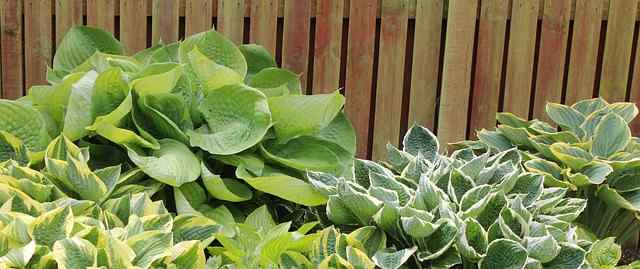
Understanding hostas goes beyond their growth habits. Here are some attributes that make these plants engaging conversation topics among gardening enthusiasts:
Diverse Varieties: There are over 7,000 registered varieties of hostas. Each one has unique traits, from the size of the leaves to their color and growth habit.
Low Maintenance: Hostas are relatively easy to grow and care for. They thrive in partial to full shade and prefer rich, well-draining soil.
Pest Resistance: Although slugs may be a nuisance to hostas, these perennial plants are generally resistant to many pests and diseases compared to other flowering plants.
Companion Planting: Hostas pair well with various other shade-loving plants, such as ferns, astilbes, and heucheras, creating visually compelling compositions.
Understanding the Dormancy of Hostas
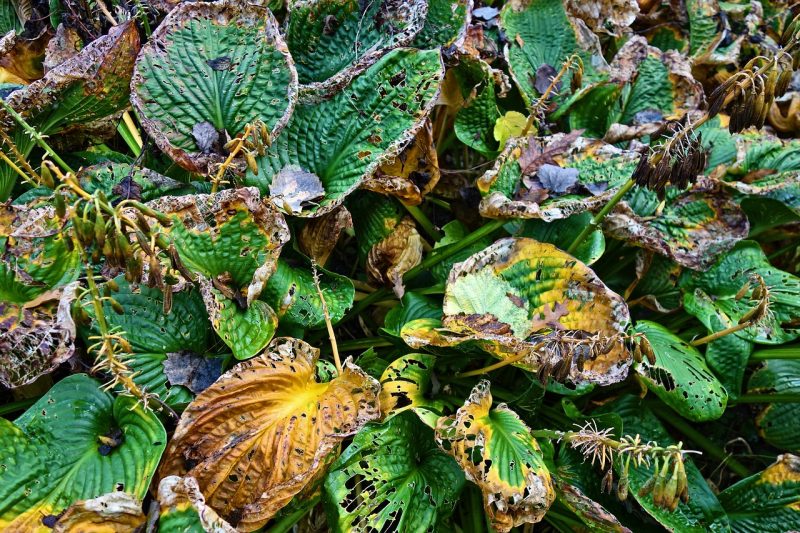
One of the most crucial aspects of hostas is their dormancy during the colder months. When winter arrives, hostas prepare for the cold by entering a dormant state. This dormancy is crucial for their long-term continuity—a process that ensures they conserve energy and resources for spring regrowth.
The Life Cycle of Hostas
To comprehend why hostas are not evergreen, it helps to look at their life cycle:
Spring Growth: Emergence of leaves and flowering.
Summer Flourish: Peak growth and flowering stage, indicating a thriving plant.
Fall Decline: Gradual yellowing; nutrient storage occurs in the roots.
Winter Dormancy: Complete dieback of leaves; only the root system remains.
This cycle is essential to their biology and can affect how we care for them. While they are not evergreen, many gardeners appreciate the diversity of textures and colors they provide throughout the growing season.
Woodlands and Hostas: A Natural Habitat
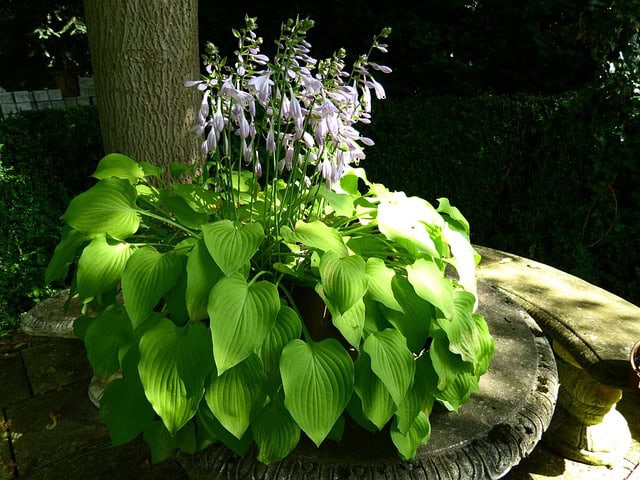
Hostas naturally grow in the wild in wooded areas or along riverbanks in their native habitat. They thrive in shade, often under the canopy of larger trees. This relationship with wooded environments contributes to their preference for moist, well-drained soil, mimicking their natural conditions.
Care Tips to Promote Optimal Growth
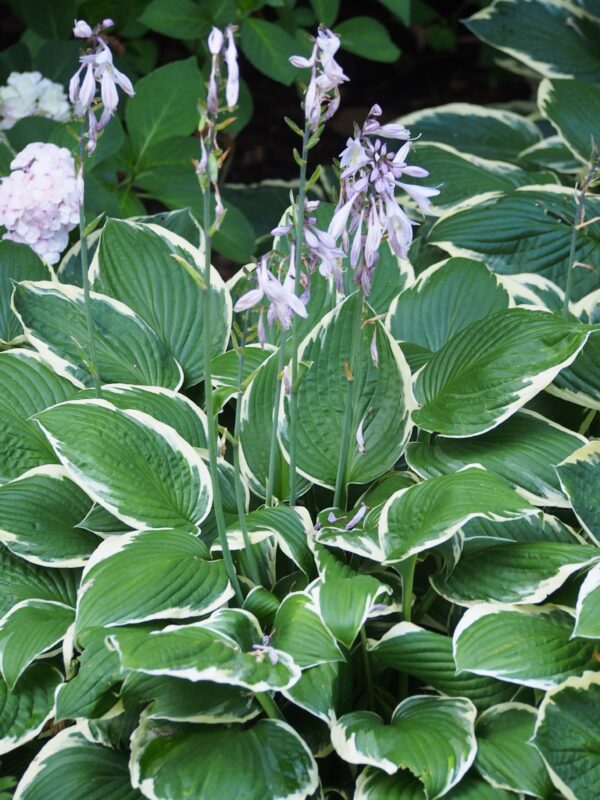
Here are some tips to help you care for your hostas effectively:
Planting Location: Choose a spot with partial to full shade to ensure optimal growth. While some varieties can tolerate more sun, they will generally flourish in shaded areas.
Soil Quality: Amend the soil with organic matter such as compost to improve drainage and nutrient retention.
Watering: Hostas prefer moisture, especially during the hot summer months. Ensure consistent watering but avoid waterlogging.
Fertilization: Apply a slow-release fertilizer designed for garden perennials in early spring to promote robust growth.
Dividing: Every few years, consider dividing your hostas to encourage new growth and prevent them from becoming overcrowded.
Why the Confusion?
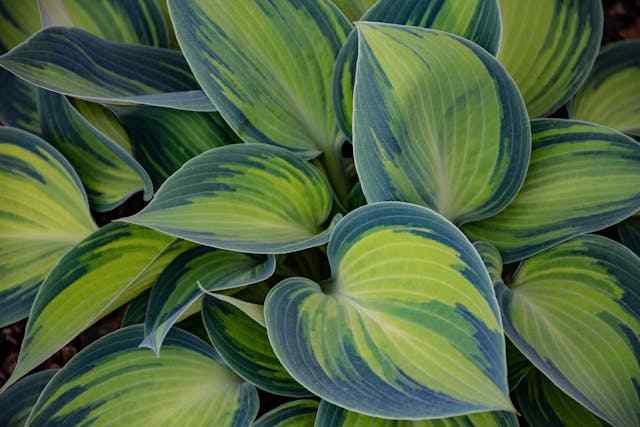
So, if hostas are not evergreen, why do some people mistakenly think they are? The confusion may arise from certain hosta varieties that maintain some foliage throughout milder winters, particularly in zones with more temperate climates. Additionally, the lushness of the foliage during the growing season may give an illusion of permanence that could lead one to think of them as evergreens.
The Beauty of Seasonal Change
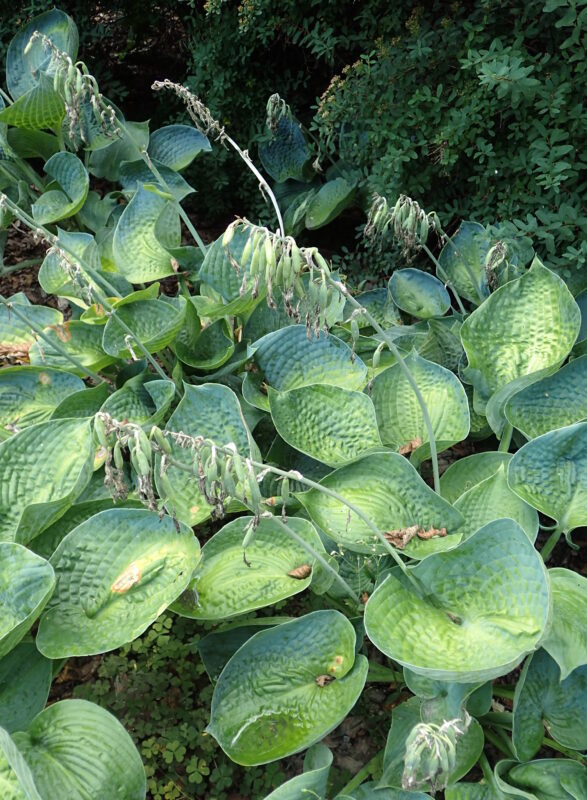
One of the joys of gardening with hostas is witnessing the seasonal change. The vibrant green of spring foliage transforms into more muted tones during the autumn chill, only to disappear and reappear each year. This cycle can create a garden rhythm that is not only beautiful but also highlights the importance of seasonal shifts in nature.
Popular Hosta Varieties to Incorporate in Your Garden
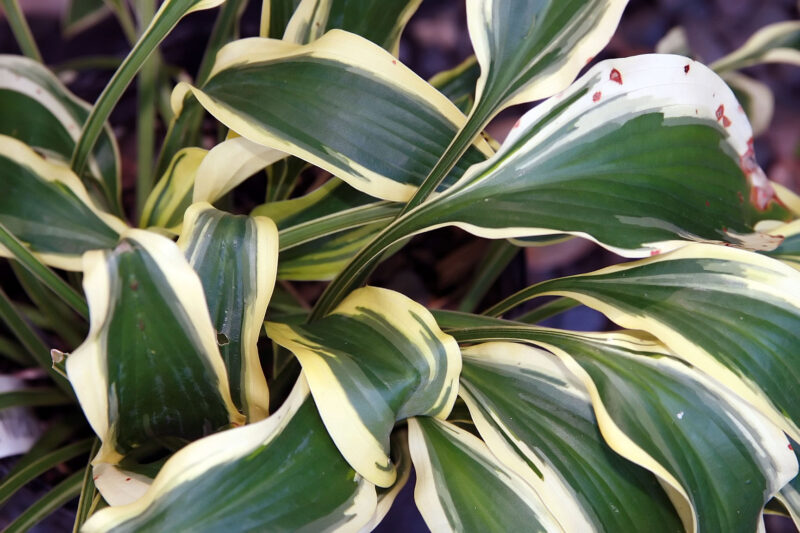
There are countless hosta varieties that you might consider for your garden design. Below are some popular choices that offer unique foliage characteristics and sizes:
‘Sum and Substance’: A giant hosta, known for its large, chartreuse leaves. It can reach sizes of up to 3 feet tall and is an eye-catching plant in any landscape.
‘Blue Angel’: Recognized for its powdery blue foliage and beautiful architectural form, making it a standout addition.
‘Francee’: This variety is notable for its striking white-edged leaves, which provide excellent contrast in any garden setting.
‘Freedom’: A smaller, compact variety, ‘Freedom’ features deep green leaves with a lovely undulating edge, perfect for borders.
‘Patriot’: A popular choice with its bold white margins, this plant creates stunning visual interest with its contrast in colors.
Designing a Hostas-Centric Garden
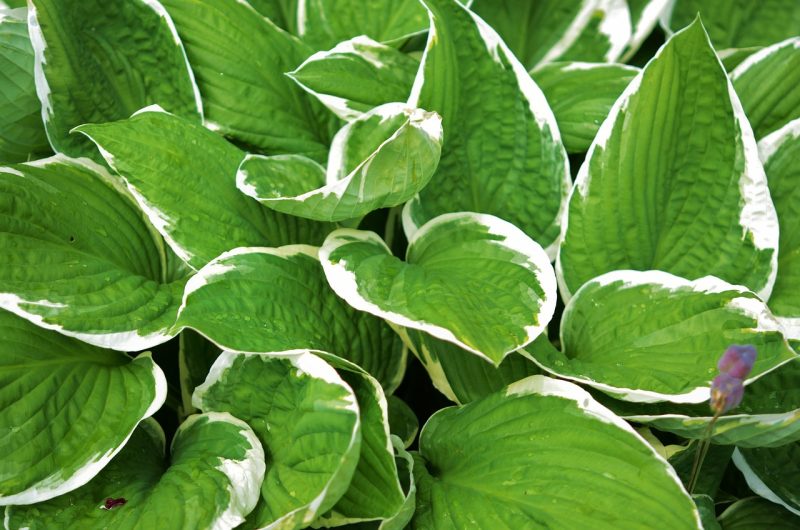
If you’re excited about incorporating hostas into your landscape, consider designing a hosta-centric garden. Here are some tips on how to create a stunning hosta garden:
Layering: Create a layered effect by placing tall hostas at the back of your flower beds, with smaller varieties in the front.
Color Play: Use a variety of colors and textures to make the garden visually compelling. Pair different leaf shapes and colors to create a dynamic look.
Paths and Borders: Incorporate pathways made of stone or mulch to guide visitors through your hostas collection. Surrounding hostas with decorative borders can showcase their beauty.
Mix with Other Shade Plants: Combine hostas with other shade-loving plants to add depth, such as astilbes, ferns, or even shade-tolerant annuals to provide a pop of color.
Conclusion: Hostas—The Herbaceous Stars of Your Garden
In conclusion, hostas may not be evergreen, but they are undeniably vibrant and versatile plants that can add significant beauty and dimension to shade gardens. Their ability to thrive in various conditions, coupled with their fascinating life cycle and diversity of varieties, makes them a beloved choice for many gardeners.


